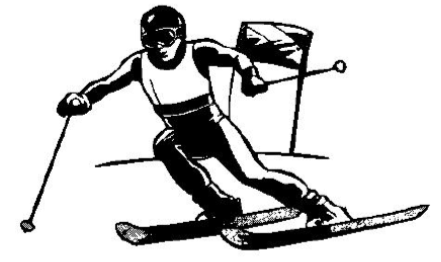1. Calculate the work done when a force of 50N is used to move an object a distance of 20m.

2. Find the work done when a 2N force moves an object 50cm.
3. How much energy is converted when a 5kN force is used to move an object 0.5km?
4. A winch uses an average force of 700N to lift an injured climber 40m up into a mountain rescue helicopter. Calculate the work done.
5. Find the force used when 200J of work is done moving an object 8m.
6. If an ant does 78mJ of work while dragging a leaf a distance of 130mm, find the average force used.
7. If 1.2kJ of work is done in pushing a filing cabinet 4m across a floor, find the average force used.
8. If a force of 60N is used to push a vacuum cleaner until 720J of work has been done. What distance has it moved?
9. When a toy car is wound up it stores 100J of energy. If it travels across a floor at a constant speed, and the frictional force acting is 12.5N, find how far it can go before running out of energy.
10. When fully charged, the battery of a forklift truck stores 20MJ of energy. Calculate how far it can carry a load that requires an engine force of 5kN.
11. A skier takes part in a downhill competition.
(a) State two ways the skier can reduce friction in order to reach high speeds.
(b) When the skier reaches the maximum speed of 65 metres per second, this speed is maintained over the rest of the course.
State how the size of the downhill force compares with the size of the frictional force during this part of the course.
(c) At the end of the course, the frictional force brings the skier to rest over a horizontal distance of 500 metres. During this distance, the average frictional force is 34.6 newtons.
Calculate the work done to bring the skier to rest.

